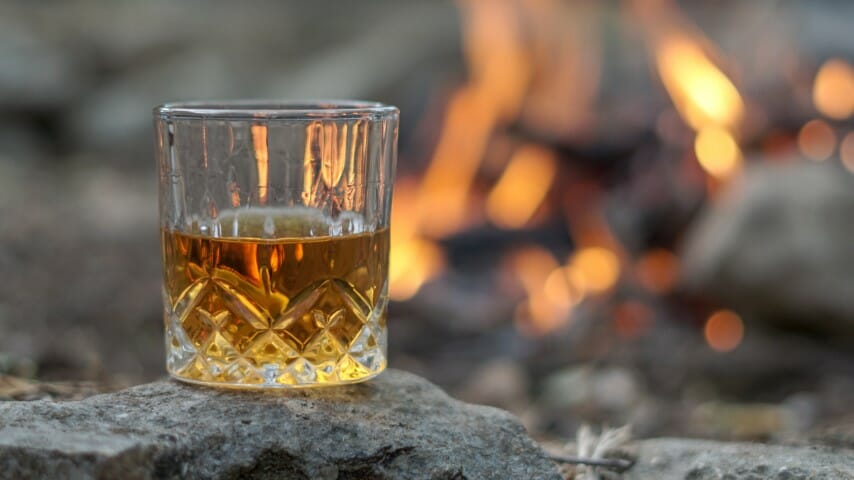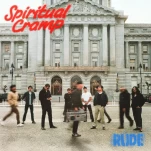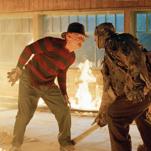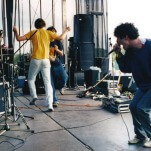Cocktail Queries: What is “Light Whiskey”? Hint: It’s not a Diet Aid
Photos via Unsplash, Thomas Park
Cocktail Queries is a Paste series that examines and answers basic, common questions that drinkers may have about mixed drinks, cocktails and spirits. Check out every entry in the series to date.
Drinkers don’t always have an accurate conception of what exactly spirits are, and how they are made, but despite the knowledge gap that exists between your average consumer downing a mixed drink at the bar and the guy ordering neat pours of whiskey at $20 per ounce, there’s likely never been a time in our country’s history when drinkers generally understood the category of whiskey as well as they do now. You can thank the cocktail renaissance for that, and the fetishization of bourbon and scotch in modern media that has led to far more drinkers taking an interest in “the good stuff,” as it were. This increased level of knowledge has its drawbacks, of course—most notably the phenomenon of bourbon price gouging, even at liquor stores—but overall it’s a net positive for drinkers.
Still, there are corners and niches of the whiskeysphere that are still largely a mystery to the average consumer, and one you may find yourself running into more frequently as of late is the term “light whiskey.” It’s an inherently deceptive term when viewed from a modern vantage point, specifically because “light whiskey” isn’t what the average person on the street would no doubt assume it to be, based solely on the name. Which is to say, light whiskey has nothing at all to do with calorie content, or carbs, or residual sugar. It’s not part of the “better for you” alcohol fad at all. Rather, light whiskey is defined by different methods of distillation and aging, and exists as a relic of the 1960s and 1970s, when American whiskey was at its lowest point.
-

-

-

-

-

-

-

-

-

-

-

-

-

-

-

-

-

-

-

-

-

-

-

-

-

-

-

-

-

-

-

-

-

-

-

-

-

-

-

-

 A typical American “light whiskey” brand of the 1970s.
A typical American “light whiskey” brand of the 1970s. Today, Four Roses is a beloved American bourbon brand. But at this point, it was advertising its lack of flavor.
Today, Four Roses is a beloved American bourbon brand. But at this point, it was advertising its lack of flavor. Suddenly, there are light whiskey brands with actual cachet.
Suddenly, there are light whiskey brands with actual cachet.






































